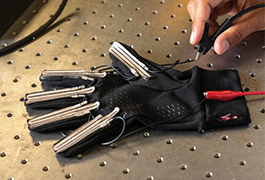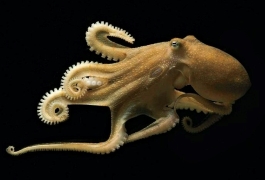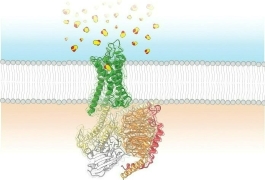Restoring Coral Reefs with 3D-Printed Skeletons

Providing an artificial framework for coral polyps to grow on is an attractive strategy for helping restore coral reefs in decline due to warming ocean temperatures. Researchers now report new ways to 3D print substrates that resemble natural corals in both shape and composition (ACS Sustainable Chem. Eng. 2021, DOI: 10.1021/acssuschemeng.1c04148).
Coral reef restoration efforts have placed concrete blocks, metal frameworks, and 3D-printed terracotta structures in the sea for drifting coral larvae to settle and grow on. Such materials reduce the need for corals to build their own skeletons by precipitating calcium carbonate from seawater, a slow chemical process that is now being further impeded by ocean acidification.
Three-dimensional printing techniques offer the ability to replicate and try to improve on the intricate structures of natural corals. Charlotte A. E. Hauser of King Abdullah University of Science and Technology and her colleagues took 3D scans of corals from the Red Sea and then added small, flattened areas for attaching tiny fragments of living coral.
Using the designs, the team made flexible molds from polylactic acid and poured in a photocurable resin mixed with calcium carbonate that solidified after exposure to ultraviolet light. The scientists could also 3D print structures directly by using their calcium carbonate–containing resin as an ink. Placing living coral on the structures actively helps new corals colonize the structures faster, Hauser says.
The researchers have been nurturing corals on the 3D-printed structures for over 3 months in a seawater-filled tank in their laboratory. They are also monitoring some samples that they have deployed in the Red Sea.
Correction
To correct an editing error, this story's headline was updated on Sept. 23, 2021, to note that the 3D-printed structures are meant to mimic coral skeletons, not coral exoskeletons.




